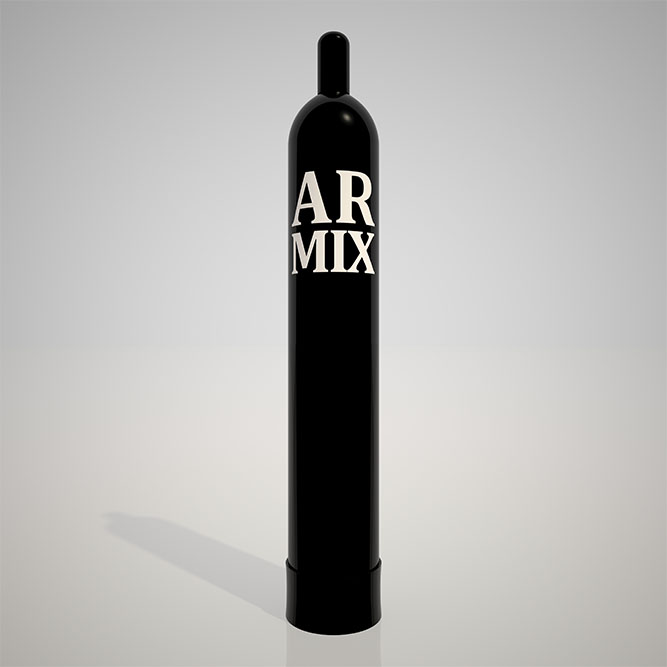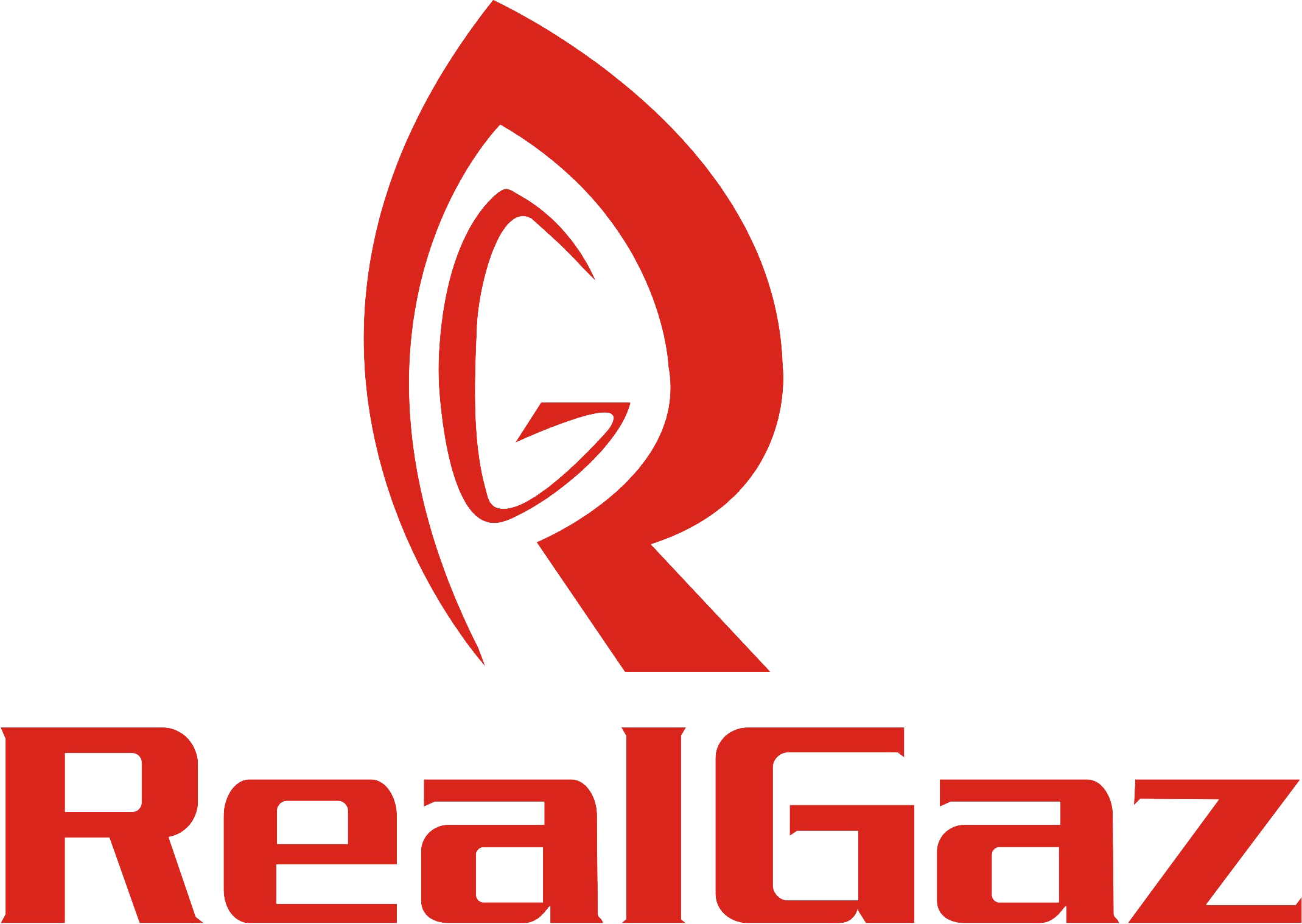Argon-carbon dioxide

© C-50 (50% argon/50% C02) is used for short arc welding of pipes,
® C-40 (60% argon/40% C02) is used for some flux-cored arc welding cases. Better weld penetration than C-25.
© C-25 (75% argon/25% C02) is commonly used by hobbyists and in small-scale production.
Limited to short circuit and globular transfer welding. Common for short-circuit gas metal arc welding of low carbon steel.
© C-20 (80% argon/20% C02) is used for short-circuiting and spray transfer of carbon steel.
© C-15 (85% argon/15% C02) is common in production environment for carbon and low alloy steels. Has lower spatter and good weld penetration, suitable for thicker plates and steel significantly covered with mill scale. Suitable for short circuit, globular, pulse and spray transfer welding. Maximum productivity for thin metals in short-circuiting mode; has lower tendency to bum through than higher-C02 mixes and has suitably high deposition rates.
© C-10 (90% argon/10% COz) is common in production environment. Has low spatter and good weld penetration, though lower than C-15 one; suitable for many steels. Same applications as 85/15 mix. Sufficient for ferritic stainless steels.
® C-5 (95% argon/5% COJ is used for pulse spray transfer and short-circuiting of low alloy steel. Has better tolerance for mill scale and better puddle control than argon-oxygen, though less than C-10. Less heat than C-10.Suffident for ferritic stainless steels. Similar performance to argon with 1% oxygen.
© Argon-oxygen
© 0-5 (95% argon/5% oxygen) is the most common gas for general carbon steel welding. Higher oxygen content allows higher speed of welding. More than 5% oxygen makes the shielding gas oxidize the electrode, which can lead to porosity in the deposit if the electrode does not contain sufficient deoxidizers.
© 0-2 (98% argon/2% oxygen) is used for spray arc on stainless steel, carbon steels, and low alloy steels. Better wetting than 0-1. Weld is darker and more oxidized than with 0-1. The addition of 2% oxygen encourages spray transfer, which is critical for spray-arc and pulsed spray-arc GMAW.
© 0-1 (99% argon/1% oxygen) is used for stainless steels. Oxygen stabilizes the arc.
Others
© Argon with 25-35% helium and 1-2% C02 provides high productivity and good welds on austenitic stainless steels. Can be used for joining stainless steel to carbon steel.
® Argon-COz with 1-2% hydrogen provides a reducing atmosphere that lowers amount of oxide on the weld surface, improves wetting and penetration. Good for austenitic stainless steels.
© Argon with 2-5% nitrogen and 2-5% C02 in short-circuiting yields good weld shape and color and increases welding speed. For spray and pulsed spray transfer it is nearly equivalent to other trimixes. When joining stainless to carbon steels in presence of nitrogen, care has to be taken to ensure the proper weld microstructure. Nitrogen increases arc stability and penetration and reduces distortion of the welded part. In duplex stainless steels assists in maintaining proper nitrogen content.
85-95% helium with 5-10% argon and 2-5% C02 is an industry standard for short-circuit welding of carbon steel.
The applications of shielding gases are limited primarily by the cost of the gas, the cost of the equipment, and by the ocation of the welding. Some shielding gases, like argon, are expensive, limiting its use. The equipment used for the delivery of the gas is also an added cost, and as a result, processes like shielded metal arc welding, which require less expensive quipment, might be preferred in certain situations. Finally, because atmospheric movements can cause the dispersion of the shielding gas around the weld, welding processes that require shielding gases are often only done indoors, where the environment is stable and atmospheric gases can be effectively prevented from entering the weld area.
The desirable rate of gas flow depends primarily on weld geometry, speed, current, the type of gas, and the metal transfer mode being utilized. Welding flat surfaces requires higher flow than welding grooved materials, since the gas is dispersed more quickly. Faster welding speeds, in general, mean that more gas needs to be supplied to provide adequate coverage. Additionally, higher current requires greater flow, and generally, more helium is required to provide adequate coverage than argon. Perhaps most importantly, the four primary variations of GMAW have differing shielding gas flow equipments—for the small weld pools of the short circuiting and pulsed spray modes, about 10 L/min (20 flf/h) is generally suitable, while for globular transfer, around 15 L/min (30 ftyh) is preferred. The spray transfer variation normally requires more because of its higher heat input and thus larger weld pool; along the lines of 20-25 L/min (40-50 ft3/h).
 ©2020
©2020